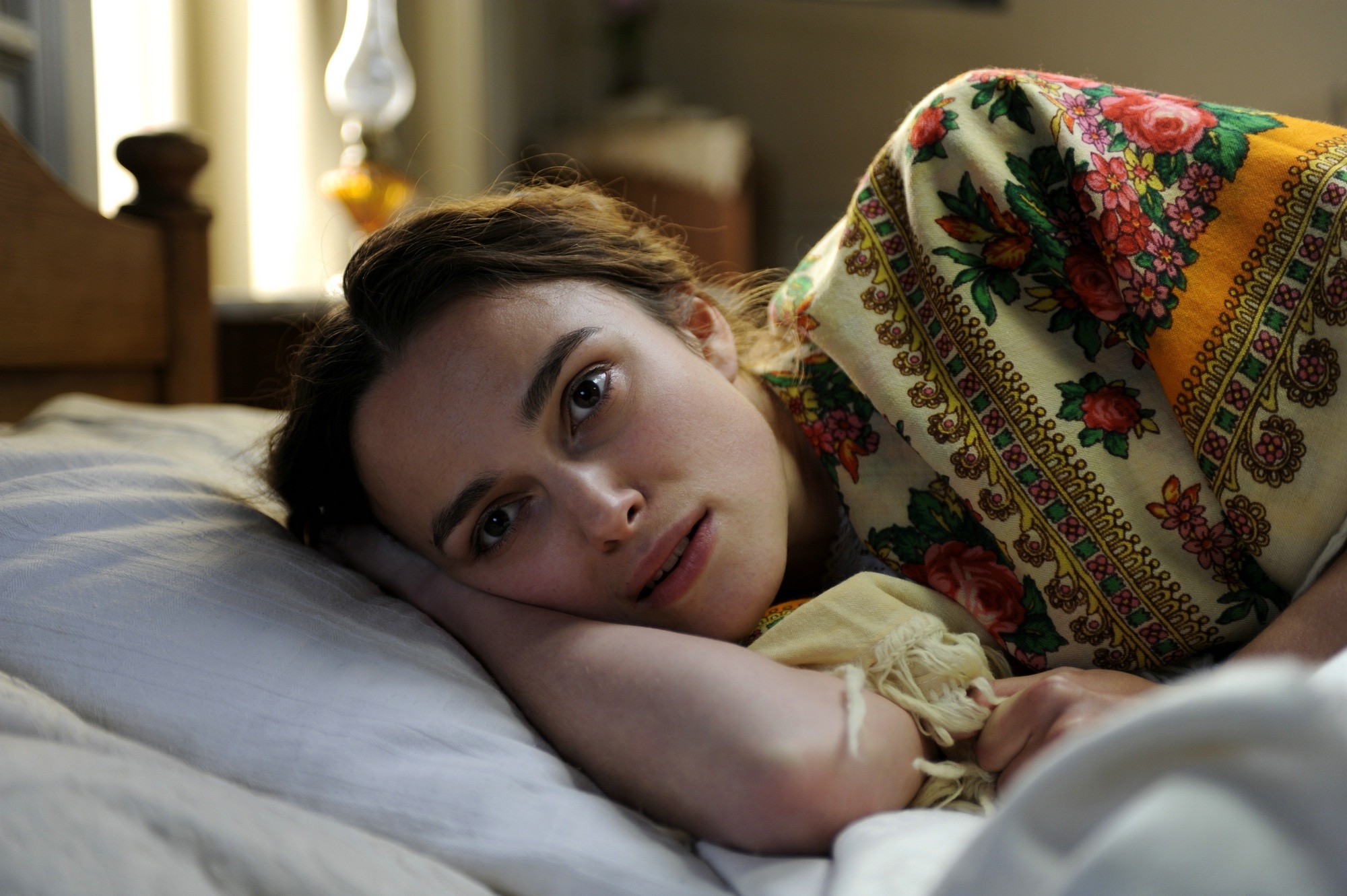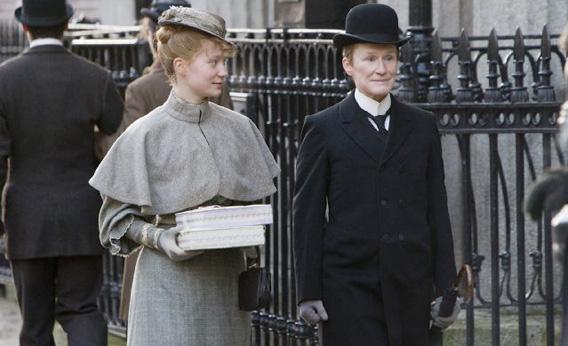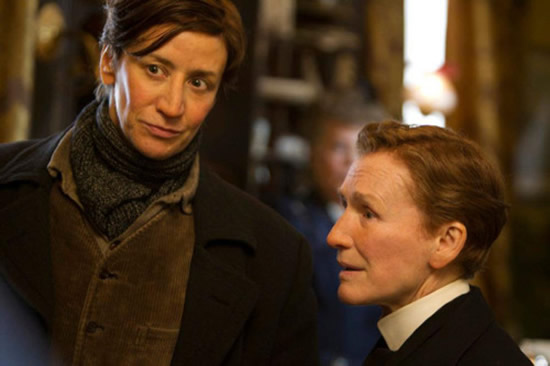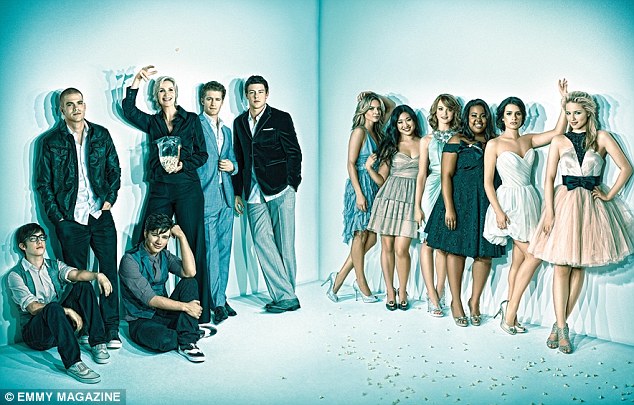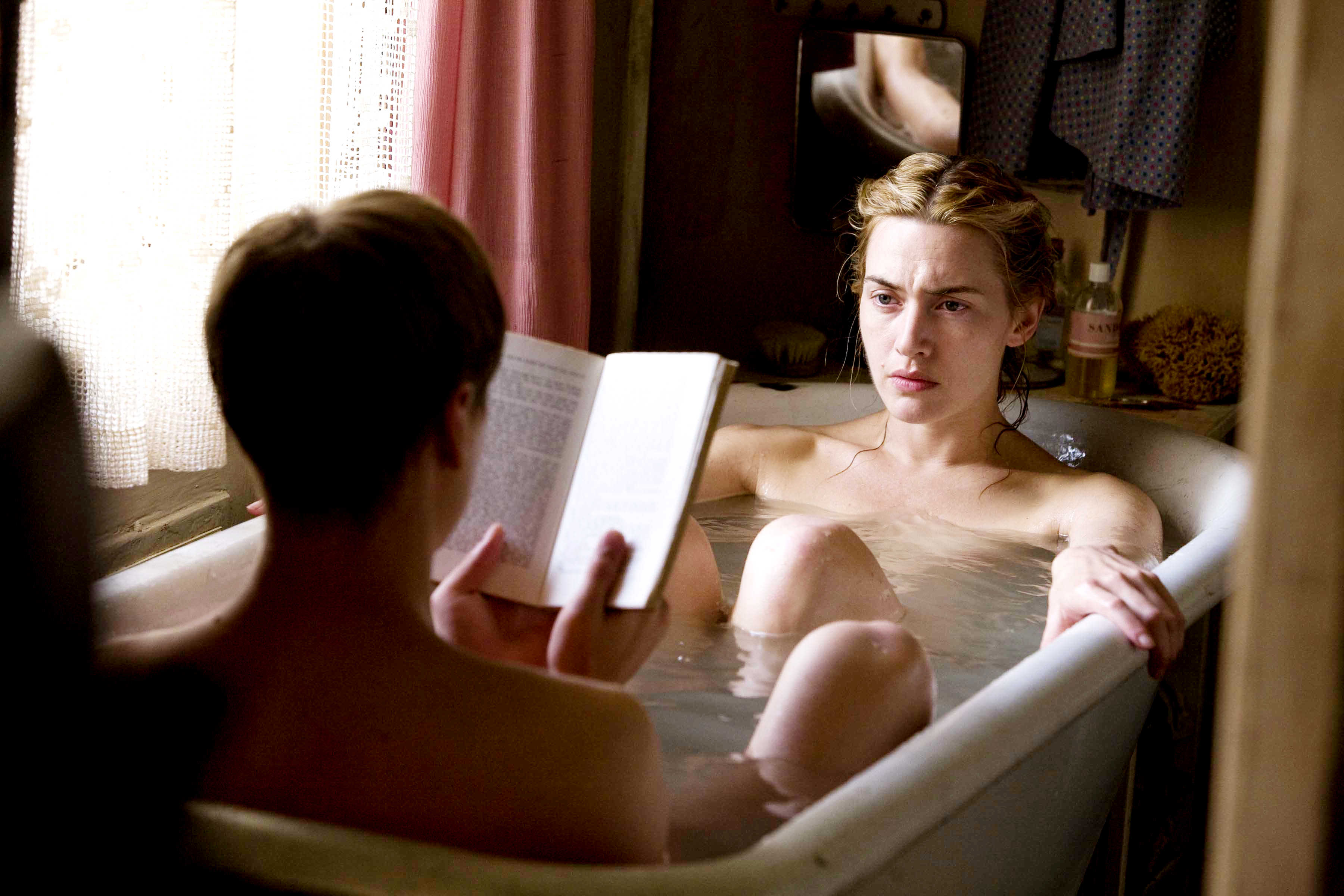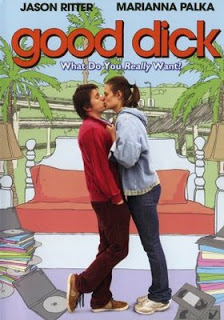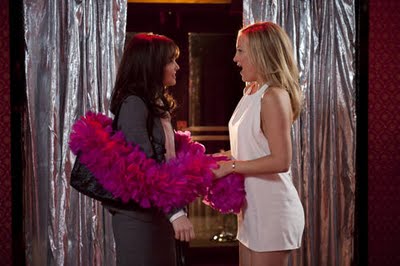This is a guest post from Megan Kearns.
When we read books or watch movies, we often do so to feel inspired, educate ourselves or escape our daily lives. We frequently look for stories filled with passion, love, sacrifice, revenge, wit and camaraderie. We don’t usually examine how shame gnaws away at us, unraveling our lives. I had a hard time writing this review for The Reader, which shines a light on shame. The film intrigued me with its compelling acting and moral complexities. But it remains a difficult terrain to navigate. Confronting the sins of the past, the film begs the question: can you ever forgive someone you love for committing horrific crimes? And can you ever forgive yourself for loving them?
Threaded with secrecy and guilt, The Reader weaves a tale that tackles the nebulous boundaries of morality and justice. Based on the best-selling book by Bernard Schlink, it features two of my all-time favorite actors as two tormented souls forever haunted by their past. With a quiet intensity, Kate Winslet gives a subtle Oscar-winning performance as Hanna Schmitz, a brusque yet sensuous woman. A complicated and unsympathetic character, Winslet imbues her not with empathy but with a tinge of humanity. Ralph Fiennes effortlessly plays the relentlessly wounded Michael Berg, full of longing and regret, never able to let anyone into his life or his heart but Hanna. The film unfolds as Michael, the tale’s moral compass, remembers his life in flashbacks as a sensitive love-struck young boy (played perfectly with a charming innocence by David Kross) who gets involved in a steamy and tumultuous affair with an older woman until she abruptly disappears. Initially tormented by her absence, Michael moves on with his life, until Hanna unexpectedly emerges 8 years later, on trial for war crimes.
In 1958 Germany, 15-year-old Michael meets 36-year-old Hanna, a train conductor, when she helps him home after finding him sick in the street. Drawn to each other, the two eventually enter a sexual relationship. They fall into a routine pattern of sex, bathing and books. Hanna requests Michael read aloud to her; the words of Tolstoy, Homer, D.H. Lawrence and Chekov leap to life. The reading becomes an emotional aphrodisiac and a means of connection.

As if shedding layers of clothing, the film attempts to unveil the layers of Hanna’s life. Yet it always feels diaphanous, never fully within one’s grasp. She shrouds herself in secrecy. Michael and ultimately we as the audience are never meant to completely see Hanna. She’s often harsh, only showing vulnerability when she sobs in Michael’s arms as he reads to her a heartbreaking tale or when a village choir’s music brings her tears of joy. Through art, Hanna is able to express her emotions, connecting with her sensitivity and humanity. But as quickly as she enters Michael’s life, she evaporates. A tragic story laced with sexual awakening and emotional enlightenment, the film reveals that we may never really know the people we love.
When Michael sees Hanna again, she’s a defendant on trial for her actions as a former SS guard. I found it interesting that the film shows the trial of 6 former SS guards, all of whom were women. As the case unfolds, Michael realizes Hanna’s secret shame she’s been so desperate to hide.
SPOILER -> She can’t read. As Germany had the highest rate of literacy in Europe, it’s unusual that Hanna would have been illiterate. And some have been quick to criticize the book and film for insinuating that a person would be more ashamed of illiteracy than perpetrating human rights atrocities.
<- END SPOILER While reading is a crucial component of the plot, the movie isn’t really about reading or the saving grace of literature; rather it’s used as a metaphor for “
moral illiteracy.” Illiteracy analogizes feigned ignorance, for those who claimed they didn’t know what was truly happening in the concentration camps despite the existence of over 10,000 camps and the notoriety of the Nazi massacres.
So much has been written and filmed about the Holocaust. But rarely have tales been told from the perspective of those who have committed unspeakable crimes or the people who loved them. Yet The Reader never condones, empathizes or excuses Hanna’s behavior. Whenever I see a film about the Holocaust, I’m reminded of the saying “never again,” that we can never let this happen again. But genocide didn’t end after WWII; numerous genocides continued to be waged (Cambodian, Rwandan, Palestinian, Kurdish, Croatian) and are still happening today. The film and book it’s adapted from serve as an allegory for how the subsequent generation dealt with the shame of the Holocaust and atrocities their parents’ and grandparents’ generations committed. And Hanna is the character symbolizing the people who committed those unspeakable acts.
So often, we see a man playing the villainous role of a Nazi so it’s interesting to me that a woman embodies that role instead. Yet, I can’t shake the unease I feel with the portrayal. Hanna has no children, no family and never marries. This may not have been the intended consequence, yet it comes off as a cautionary tale. Hanna appears to possess no maternal instinct; rather than protect, she seduces a sweet and naïve boy, alternately treating him tenderly as a passionate lover or with curt callousness. She stands trial for war crimes as a former SS guard, participating in the deaths of hundreds of women and girls. I can’t shake the feeling that if she had been scripted to bear a child or to have lost a child, she wouldn’t have behaved this way. Are single, childless women more cruel and apathetic? No, of course not. Yet Hollywood continually seems to reinforce the notion that
women without children are cold and calculating.

Gender role reversals weave throughout The Reader. In the beginning, Hanna helps Michael when he’s sick. By the end of the film, the roles have switched and Michael aids Hanna. It’s interesting watching a movie with an affair between an adult woman and a teenage boy. While I certainly don’t condone it, and it made me feel squeamish rather than erotic (as many reviews described their relationship), I couldn’t help but feel relieved that it wasn’t a 15-year-old girl in this situation as we so often see men with much younger women. In the book, Hanna becomes physically abusive in one scene when she’s overcome with rage whips Michael with a belt. While she’s softened slightly for the film, I still can’t shake my apprehension that there’s an element of sexual predator.
The film slightly expands the roles of the other female characters in the book, which relies heavily on Michael’s internal monologues and narratives. By removing voiceovers, the movie does a fantastic job showing us rather than telling us the story. We see other women in the film including Lena Olin in a dual-role as holocaust survivors, Michael’s mother and sisters, a female law student (added to the film) and Michael’s daughter Julia. Yet most, save for Olin, speak minimal or no lines and none of them have any personalities to speak of.
The only woman existing in Michael’s world is Hanna, whom he uses as a scale in which to weigh all his other relationships with women. Hanna never lets Michael into her world, everything is on her terms. Yet we the audience rarely see the story from Hanna’s perspective. Occasionally we watch Hanna’s face; her terrified expression when she learns she’s going to be promoted, lest anyone discover her secret or her joy when she first unwraps Michael’s packages of recorded books, which she comes to rely on later in life. Literature is also used in the film “
as a powerful means of communication, and at other times as a substitute for communication.” Michael eventually uses reading to communicate with Hanna while she uses reading as a way to deal with her emotions and grapple with her past. But even the sole female protagonist, who serves as Michael’s sun, moon and stars, still has her thoughts and views removed.
SPOILER -> In the book, Hanna eventually reads books by Holocaust survivors like Elie Wiesel.
<- END SPOILER She can’t muffle the sounds of the dead, they continue to haunt her. But the film adaptation erases this crucial point. The only part that even comes close to addressing Hanna’s perspective on her past actions is when she declares:
“It doesn’t matter what I feel. It doesn’t matter what I think. The dead are still dead.”
A tragic yet powerful film that raises so many crucial questions about collective action and individual choice. It’s interesting to me that so much buzz surrounded Winslet’s Oscar-winning performance. Don’t get me wrong, she was sublime in it. But while she gives a commanding yet nuanced performance, the movie often treats women as cursory. Hanna merely serves as a vehicle to express the capacity for human cruelty and apathy, to look away and ignore the brutality happening in society. Even the film’s message isn’t really about Hanna or women in general for that matter. The women merely exist as satellites, all orbiting around Michael. Just like so many other films, it still boils down to a story revolving around a man; his feelings, his perspective and his world.
Megan Kearns is a blogger, freelance writer and activist. A feminist vegan, Megan blogs at The Opinioness of the World, where she writes about gender in pop culture, sexism in the media, reproductive justice and living vegan. Her work has also appeared at Arts & Opinion,
Italianieuropei, Open Letters Monthly, and A Safe World for Women. She earned her B.A. in Anthropology and Sociology and a Graduate Certificate in Women and Politics and Public Policy. Megan lives in Boston, MA with her diva cat and more books than she will probably ever read in her lifetime. She contributed reviews of The Girl with the Dragon Tattoo,
The Girl Who Played with Fire,
The Girl Who Kicked the Hornet’s Nest,
Something Borrowed,
!Women Art Revolution,
and The Kids Are All Right (for our 2011 Best Picture Nominee Review Series). She was the first writer featured as a Monthly Guest Contributor.
